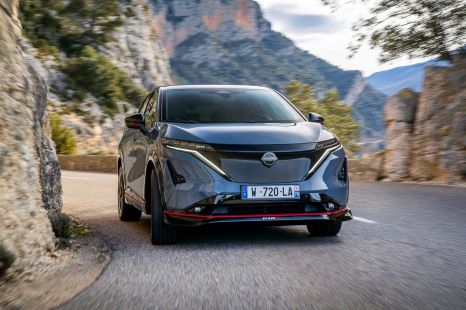

Shane O'Donoghue
2025 Nissan Ariya Nismo review: Quick drive
6 Days Ago

Contributor
The Kia Niro is back for a second generation in Australia, and we’re not years behind relative to the rest of the world this time around.
The new Niro hybrid (HEV) and electric vehicle (EV) are touching down in Australia hot on the heels of their launches in Europe and Korea, with a new look, new interior technology, and revised powertrains.
It’s also the first car to feature the Kia Connect suite of connected services.
We won’t be getting the plug-in hybrid at launch, with Kia instead focusing on the more popular hybrid (which will take on the Toyota Corolla Cross) and the electric vehicle (which will help ease demand on the EV6).
Pricing is up compared to the outgoing model. The HEV range now kicks off $4500 higher and the range-topper is $6100 pricier than before, while the entry-level EV is priced in line with the outgoing range-topper.
The EV also crosses over on price with the bigger, higher-tech EV6.
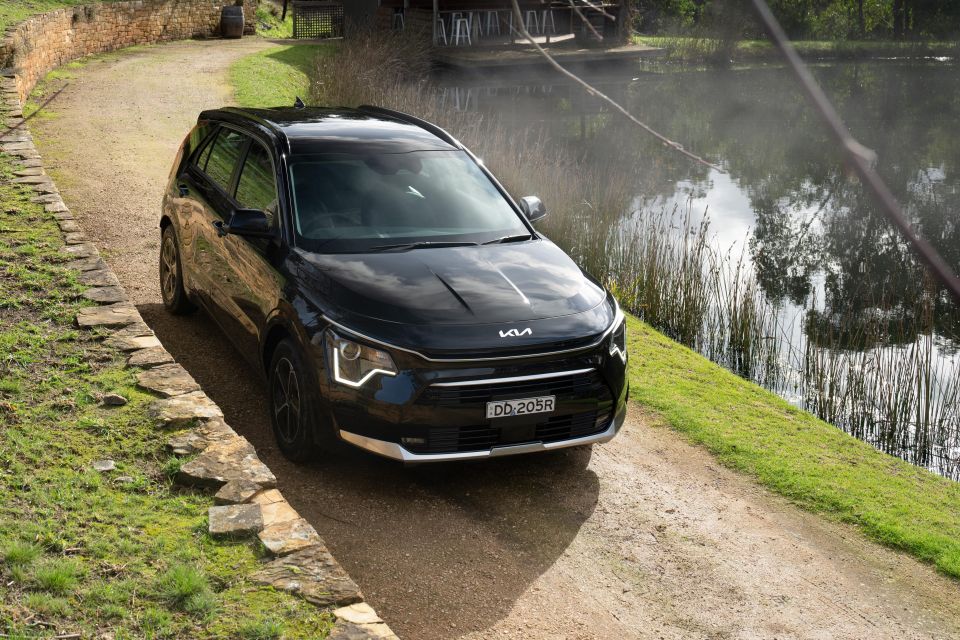
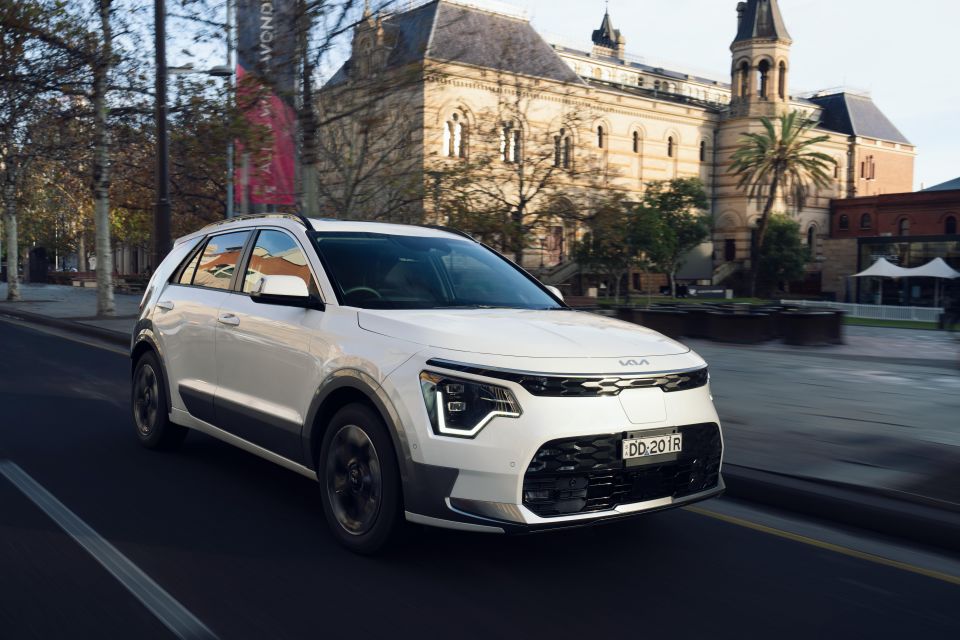
All prices exclude on-road costs.
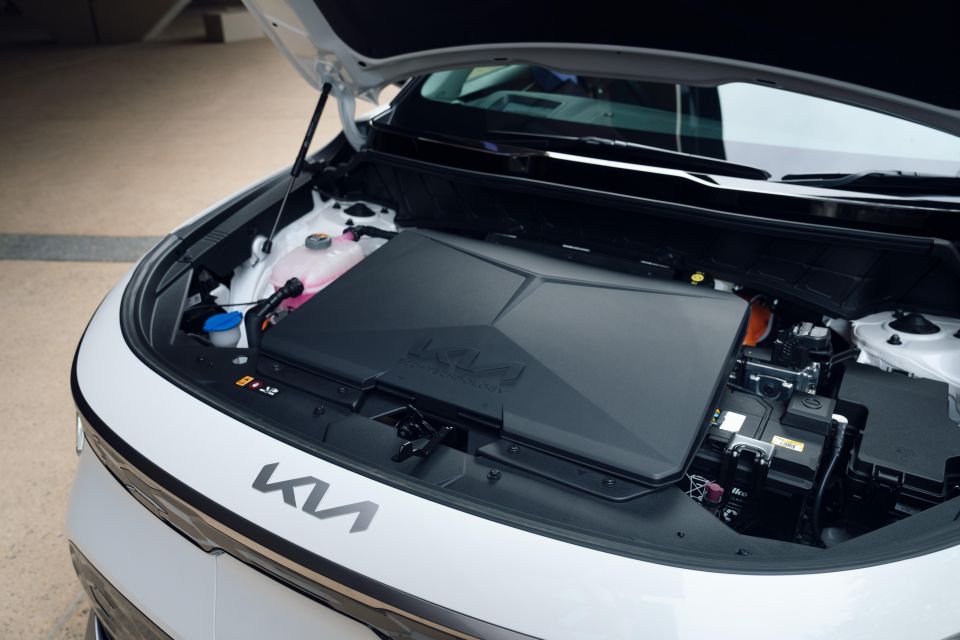
Power in the Kia Niro HEV comes from a 1.6-litre petrol engine backed by a transmission-mounted electric motor.
The e-motor makes 32kW and 170Nm, while the petrol engine pumps out 77kW and 144Nm. Peak combined power is 104kW and peak combined torque is 265Nm.
It’s front-wheel drive, and puts its torque to the road through a six-speed dual-clutch transmission. The transmission is lighter than before because it no longer has a reverse gear, instead using the electric motor.
The 1.32kWh battery beneath the rear seats doesn’t store enough energy to offer a meaningful electric range like a PHEV or EV, but the electric motor can power the car for short periods, or provide a performance boost.
The EV packs a 64.8kWh lithium-ion battery pack, mated with a front-mounted motor making 150kW and 255Nm.
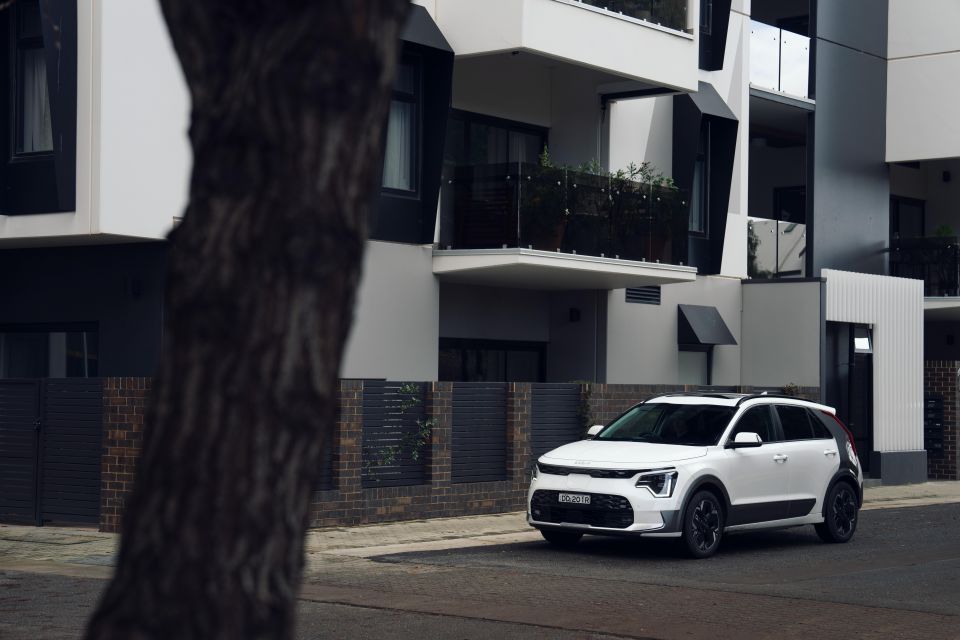
Claimed fuel economy in the Niro HEV is 4.0 litres per 100km on the combined cycle, and the Niro has a 42L fuel tank that drinks regular unleaded.
Claimed range in the Niro EV is 460km on the WLTP test cycle, equivalent to energy consumption of 16.2kWh per 100km. The car is capable of 11kW AC charging, or 80kW plugged into a DC public fast charger.
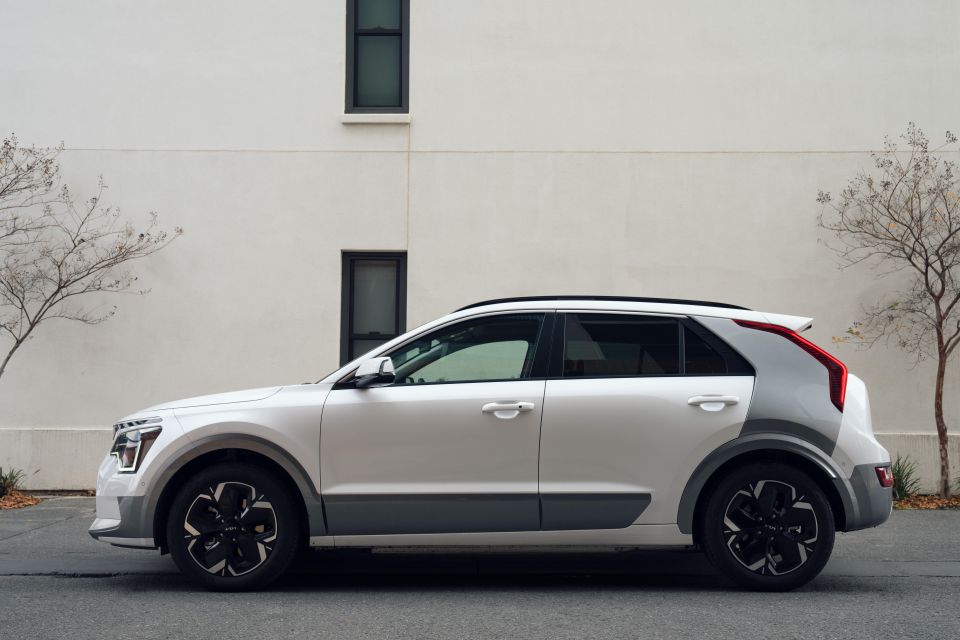
The new Niro hasn’t been crash tested by Euro NCAP, but Kia says it’s likely to be put through its paces during the third quarter of 2023.
The brand is naturally targeting a five-star rating for both models.
Standard equipment on both the S and GT-Line atop eight airbags includes:
Moving to the GT-Line brings:
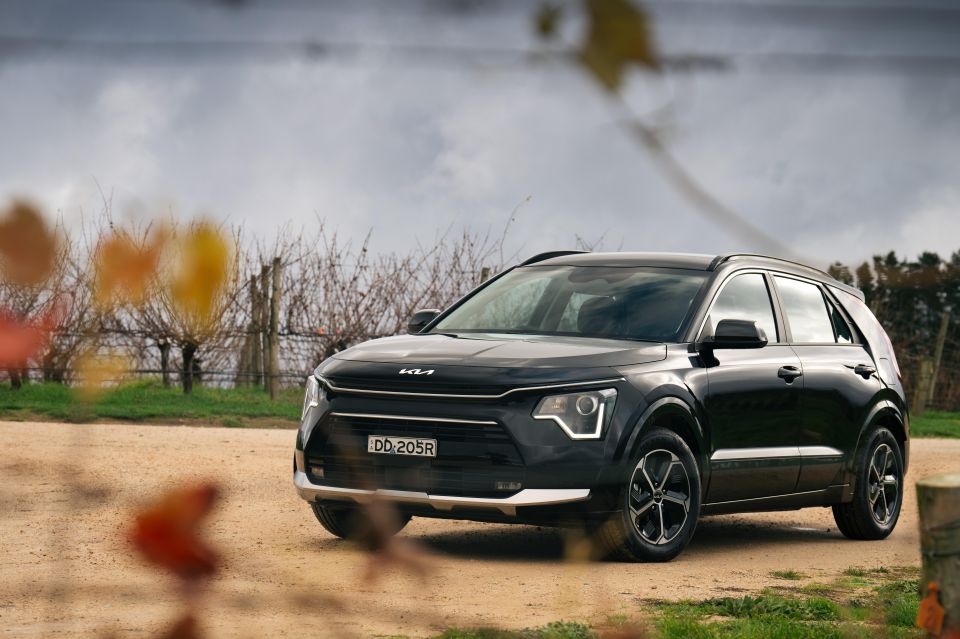
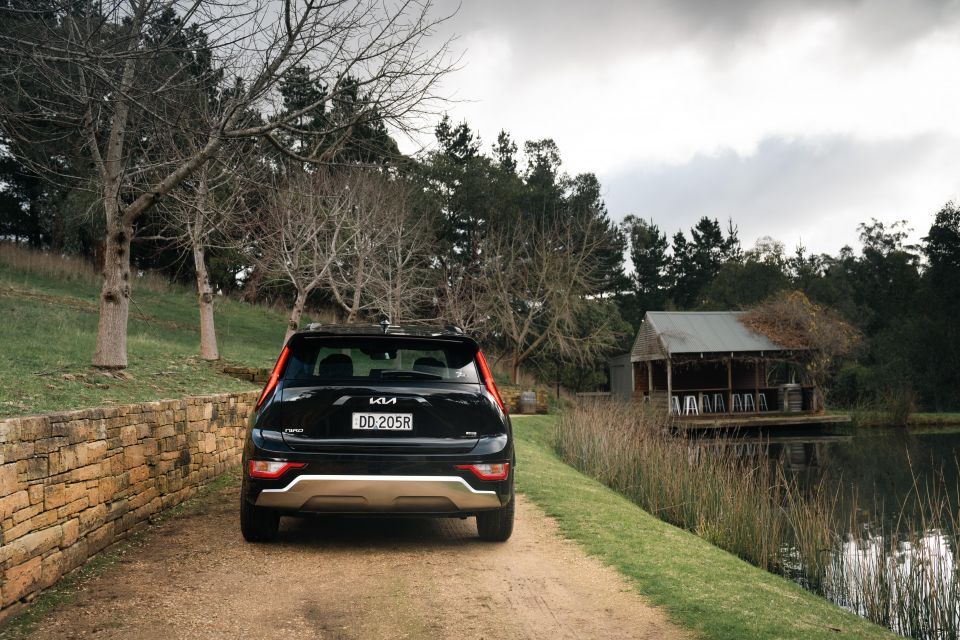
The Kia Niro is backed by a seven-year, unlimited-kilometre warranty, while the high-voltage parts are covered by a seven-year, 150,000 kilometre warranty.
Maintenance is required every 12 months or 15,000km, whichever comes first.
In the EV, the first seven services will cost a combined $1754. In the HEV they’ll set you back $4010.
Prepaid service plans are also offered for the EV, priced at $621 for three years, $1187 for five years, and $1754 for seven.
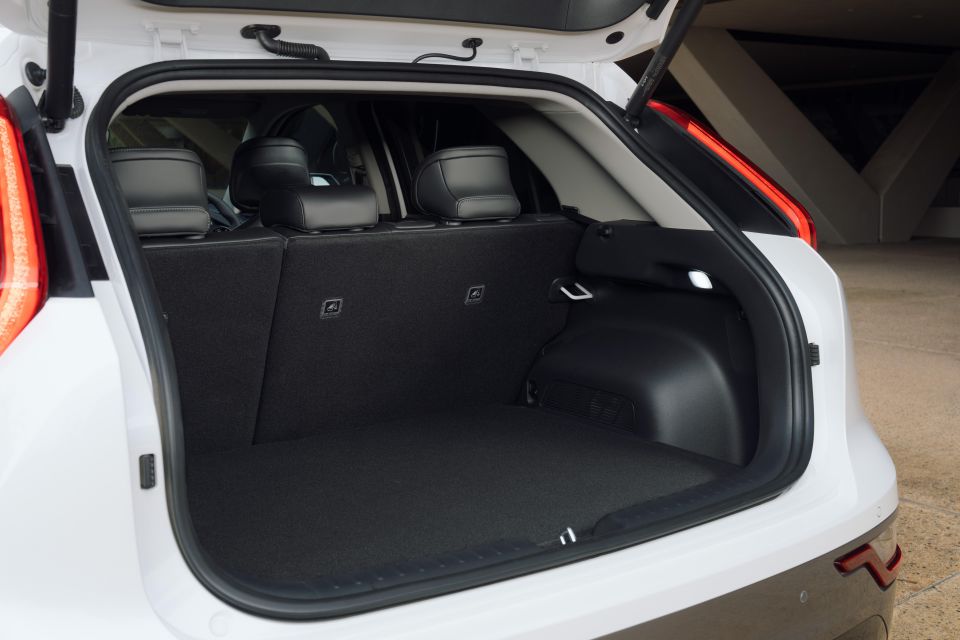
The new Niro measures 4420mm long, 1825mm wide and 1545mm (HEV) or 1570mm (EV) tall with a 2720mm wheelbase.
Boot space in the HEV is 425L with the rear seats in place due to the standard space saver spare wheel, while the EV has 475L in the rear and a further 20L under the bonnet.
The HEV tips the scales at 1454kg (tare) and the EV weighs 1727kg.
The HEV can tow 1300kg braked, while the EV will to 750kg.
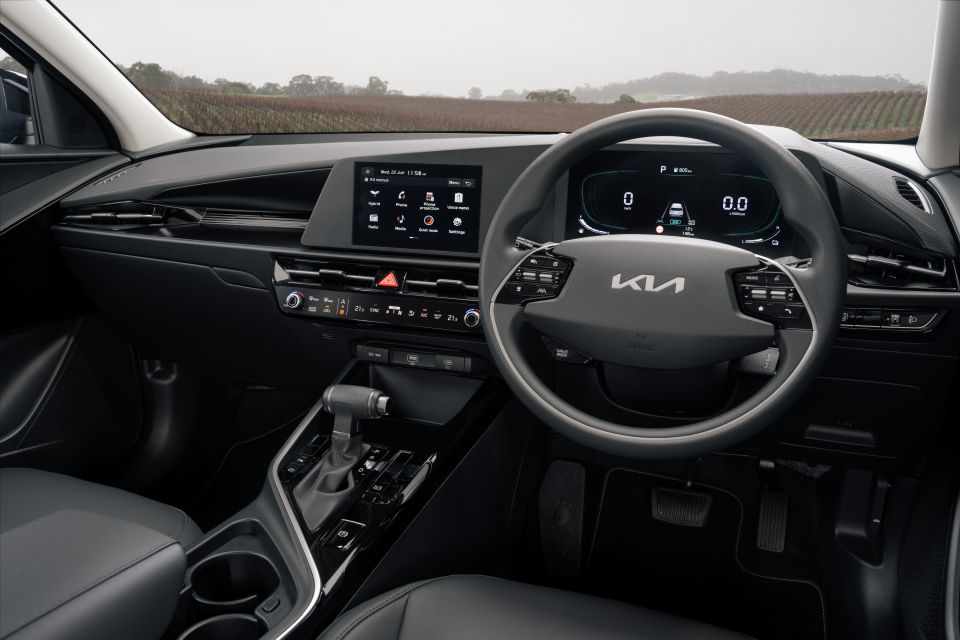
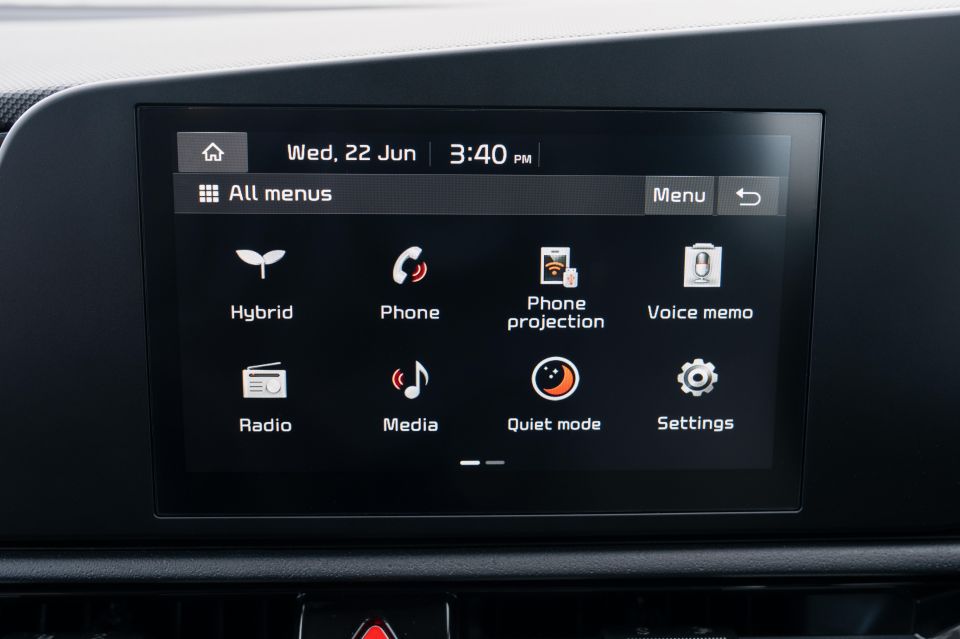

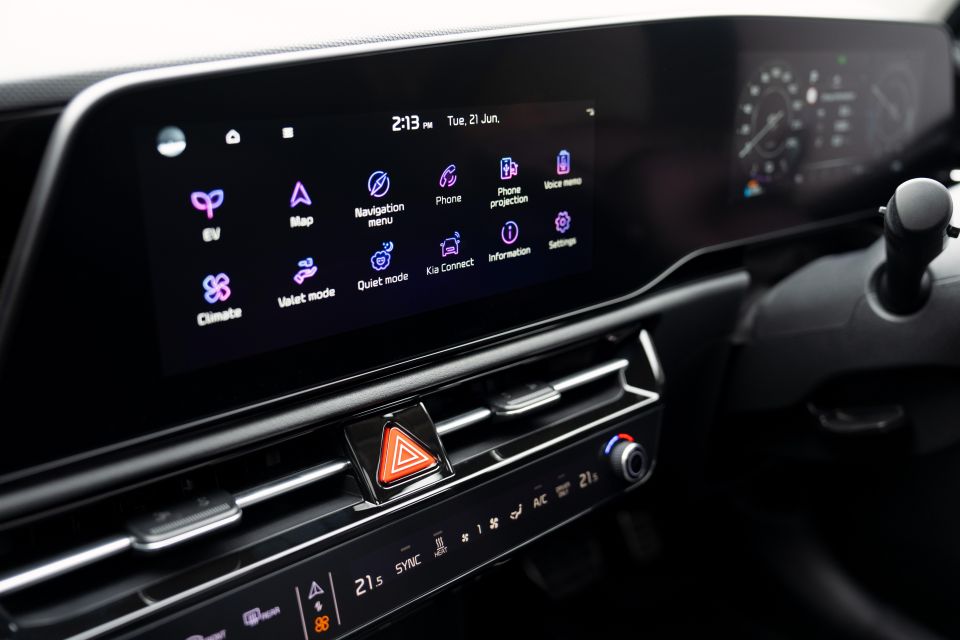
Standard equipment in the Kia Niro HEV S includes:
The Niro EV S adds:
The Niro HEV GT-Line adds:
The Niro EV GT-Line adds:
MORE: Everything Kia Niro
Where expert car reviews meet expert car buying – CarExpert gives you trusted advice, personalised service and real savings on your next new car.
Scott Collie is an automotive journalist based in Melbourne, Australia. Scott studied journalism at RMIT University and, after a lifelong obsession with everything automotive, started covering the car industry shortly afterwards. He has a passion for travel, and is an avid Melbourne Demons supporter.


Shane O'Donoghue
6 Days Ago


Anthony Crawford
5 Days Ago
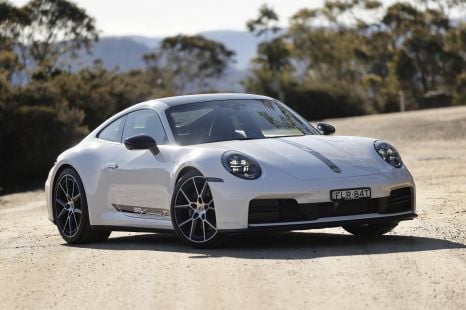

Matt Campbell
4 Days Ago
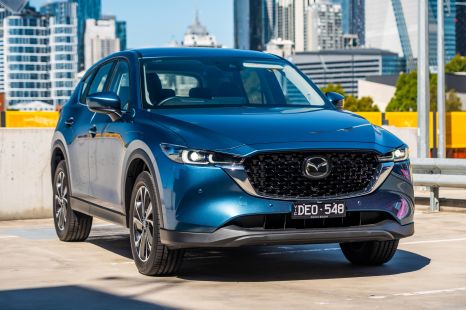

James Wong
3 Days Ago
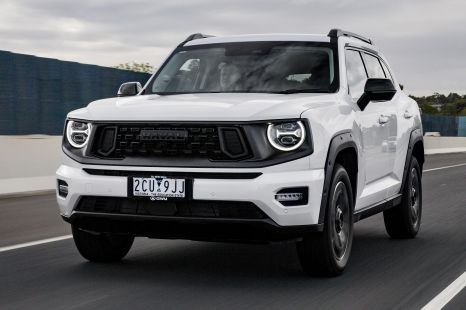

Max Davies
1 Day Ago
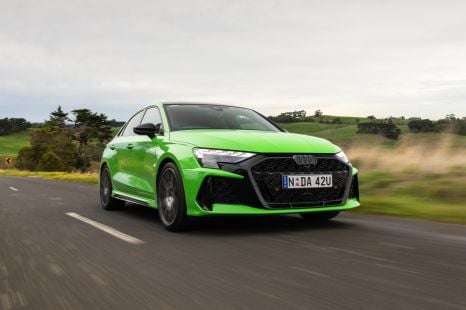

Josh Nevett
10 Hours Ago